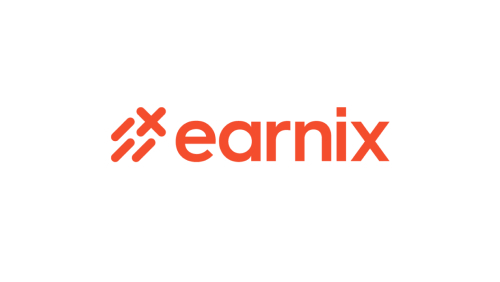Pricing Analytics to Address Dealer Reserves and Affordability
Abstract: Canada’s auto-finance market is under strain from rising vehicle costs, tougher regulation, and the hidden drag of dealer reserves. Lenders face shrinking margins while borrowers struggle with affordability, risking higher delinquencies and reduced access to credit. Advanced pricing analytics offer a way out: by personalising loan terms, linking dealer incentives to measurable performance, and ensuring transparent, auditable decisions, lenders can balance profitability with fairer access to finance—reshaping auto lending into a sturdier, more sustainable market.
Canada’s auto-finance sector stands at a turning point. Dealer reserves—once a quietly accepted feature of the market—now clash with soaring vehicle prices, volatile interest rates and stricter regulatory scrutiny. Margins are thinning, affordability is slipping away, and arrears are creeping higher. Into this fraught landscape steps an unexpected ally: artificial intelligence, offering the prospect of smarter pricing, more disciplined dealer incentives and clearer access to credit.
For years, dealer reserves lubricated loan origination. But tightening disclosure rules are recasting them as a levy on transparency. Every reserve dollar cuts into lenders’ returns and pushes dealers to favour richer payouts over sustainable terms. Unchecked, mark-ups erode trust and can nudge borrowers towards longer, costlier loans. Compliance headaches mount, while reputational risk grows.
Meanwhile, cars have seldom been dearer. Average loan rates have nearly doubled since 2017, and the typical Canadian now needs 38 weeks of income to buy a new vehicle. Delinquencies are inching up, prompting some lenders to scale back. Without change, the market risks becoming a preserve of the affluent, even as lenders strive to balance risk, profitability and inclusion.
Algorithms to the Rescue
Pricing analytics offer a clear way through. AI can align loan terms with a borrower’s real creditworthiness and price sensitivity, protecting strong customers from punitive rates while avoiding underpricing riskier ones. Dealer incentives can be redesigned to reward measurable outcomes—such as low delinquency rates or high customer satisfaction—rather than blunt mark-ups. Real-time simulations let lenders see how shifts in compensation affect margins and market share.
Transparent, auditable pricing strengthens a lender’s position with regulators and shows dealers that fairness need not mean fewer rewards. Automated monitoring detects problematic patterns early, improving oversight. Because these platforms extend beyond the showroom to apps and customer portals, lenders can grow direct channels without sacrificing control of risk or return.
The industry faces a choice: persist with outdated tools or adopt data-driven precision. AI does not erase trade-offs, but it helps lenders manage them. By marrying profitability with wider access to credit, analytics can remake Canadian auto finance into a clearer, sturdier and more resilient market.
* This article draws on insights from Earnix, a provider of AI-driven pricing analytics and optimisation platforms for financial services.
Five Key Points
-
Dealer reserves are under scrutiny: Rising compliance risks and margin erosion are forcing lenders to revisit traditional compensation schemes.
-
Affordability pressures intensify: Higher prices and interest rates are narrowing credit access and pushing up delinquencies.
-
AI pricing personalises lending: Advanced analytics align rates and terms with each borrower’s true risk profile, improving fairness and yield.
-
Performance-based incentives work: Linking dealer rewards to measurable outcomes curbs mark-ups and supports long-term relationships.
-
Digital channels amplify gains: Integrating analytics into mobile and direct-lending platforms allows lenders to scale originations without sacrificing transparency or control.



